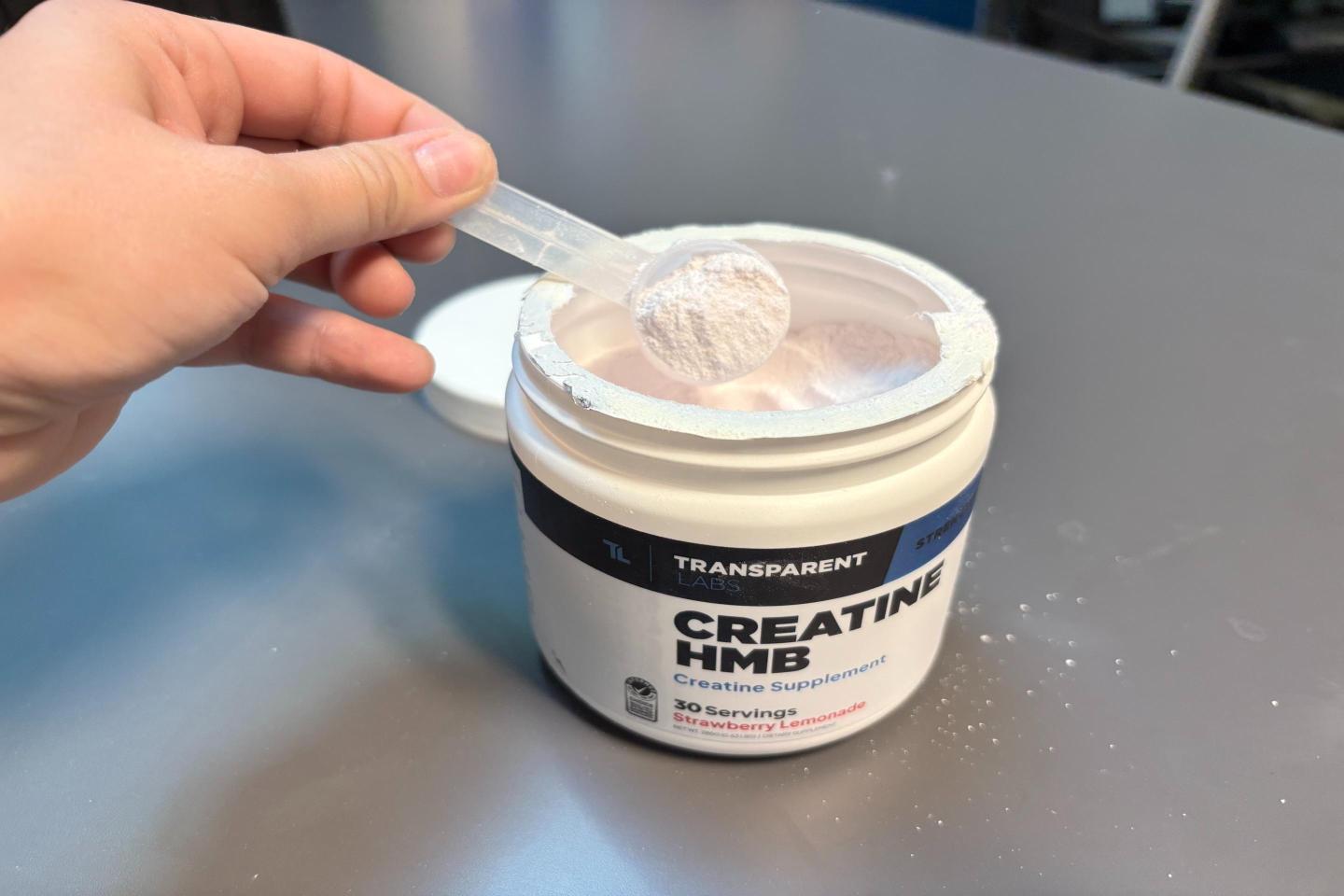A new drug test analysis by Quest Diagnostics finds that fewer U.S. workers tested positive for prescription painkillers in 2017 compared to the previous year—but more workers had a positive drug test involving cocaine, methamphetamine, or marijuana.
Quest Diagnostics pored through more than 10 million urine drug test samples that the company analyzed on behalf of employers. In its report, Quest found that 4.2% of workers and applicants had a positive drug test last year, matching 2016’s rate (positive drug tests recently reached a 10-year high but have generally hovered around 4%).
Subscribe to Brainstorm Health Daily, our newsletter about the most exciting health innovations.
One encouraging public health sign from the report is that the rate of Americans testing positive for opiates dropped 17% last year compared to 2016, potentially underscoring effective pushes to curb opioid addiction by limiting unnecessary painkiller prescriptions.
But some states are seeing sharp rises in employees and applicants using other addictive and potentially deadly drugs like methamphetamine and cocaine, including states in the Midwest, Northeast, and the South. In 2007, just about 0.5% of workers tested positive for methamphetamine nationally; last year, the rate rose to 1.1%. As for cocaine, the national rate has actually decreased somewhat over the past decade, but increased noticeably in states like Texas and North Carolina. You can check out Quest’s detailed interactive map on the issue here.
Positive marijuana drug tests, perhaps unsurprisingly, rose sharply in states that have recently legalized cannabis, including Nevada. The overall national rate of positive marijuana tests was 2% in 2017, although Quest says that fewer employers are requesting weed drug tests to begin with. Oregon, which legalized marijuana via popular referendum in 2014, has seen a near doubling in the rate of positive cannabis tests.











